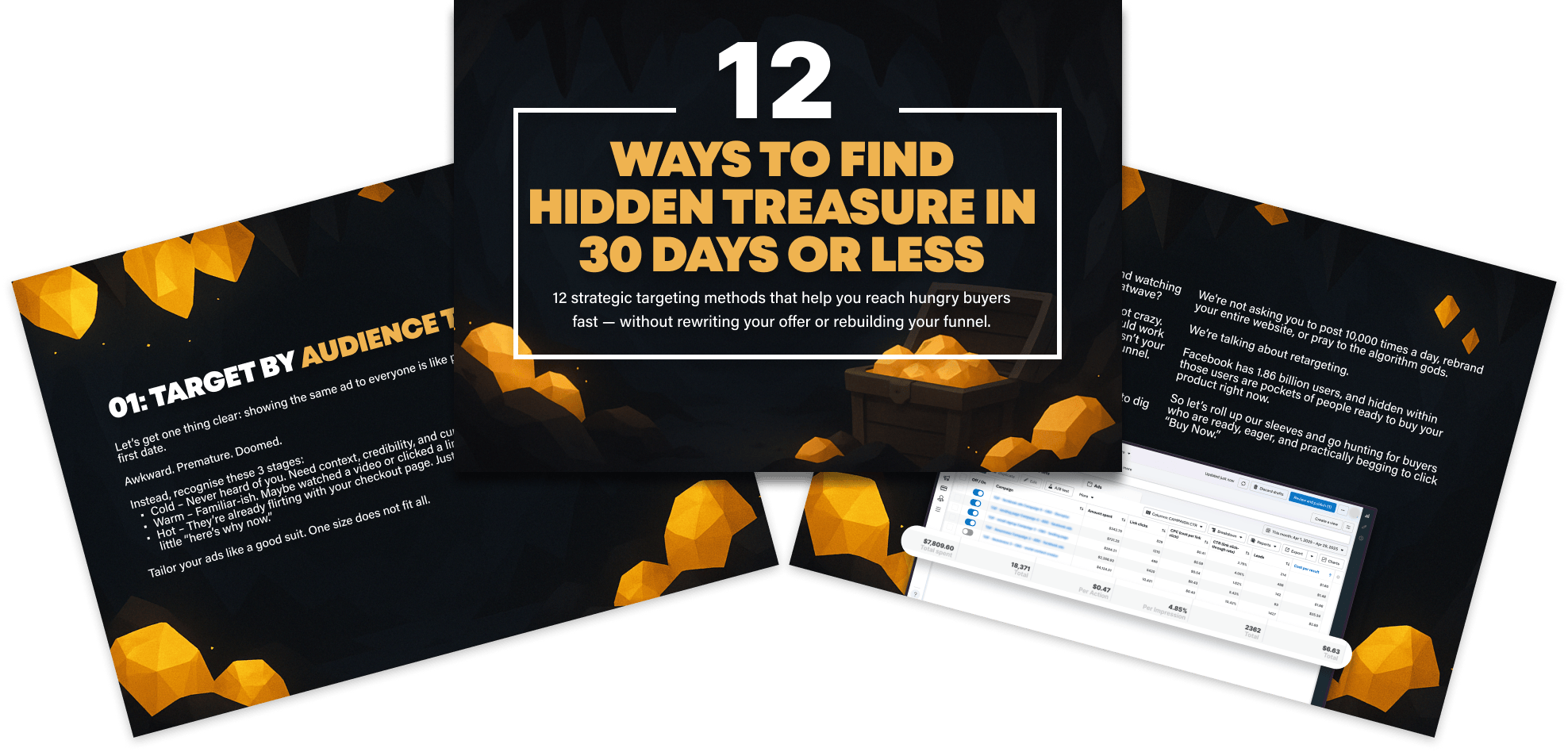Write Blog Articles Consistantly Using The Storybrand Framework
Jayframe Media | Content MarketingIf you’re tired of staring at a blinking cursor, hoping the words might write themselves… then you’re in good company
Many writers, including myself, have faced the struggle of overthinking and organizing their thoughts. There’s immense pressure to create engaging content, and if a blog post isn’t interesting, the audience simply won’t read it.This constant struggle can leave you feeling frustrated and drained, wasting precious time and energy without seeing results.But here’s the good news: I discovered the StoryBrand framework, which transforms marketing by harnessing the power of storytelling. By applying these principles, you can write compelling blog posts with ease. Let me show you how!

Step 1: Plan Your Article
Start by opening a document (I prefer Google Docs, but use what works for you) and write these headings:
- The Controlling Idea
- Intro/Hook
- Empathy/Authority
- Body
- Stakes/CTA
Leave space under each heading to expand your thoughts.
The Controlling Idea: This is the main thought you want to leave with your readers. It acts as a filter for your content. For example, my Controlling Idea here is that using StoryBrand to structure a blog post makes writing much easier and less stressful.
Write Bullet Points for the Post Body: Plan the body of your post by listing 3-4 main topics or steps. This creates a roadmap for your content.
Step 2: Write the Introduction
The introduction is crucial. It hooks the audience and invites them to keep reading. Define “The Want,” “The Problem,” and “The Internal Problem.”
The Want: What does your reader want? For this article, my reader wants a stress-free way to write. Start with this desire.
The Problem: Identify the problem your reader faces. My reader’s problem is staring at a blank page, unsure of what to write.
The Internal Conflict: How does this problem make your reader feel? Frustrated and tired of wasting time. Acknowledge these feelings to add weight to your message.
Step 3: Establish Authority
Position yourself as the guide in your article. Show empathy for your reader’s problem and demonstrate your expertise. Reflect on your own experiences and explain how you can help them solve their issues.
Step 4: Flesh Out the Post Body
Expand on your bullet points with detailed information. Keep the reader’s problem in mind to maintain focus and engagement.
Step 5: Write the Conclusion
Introduce “The Stakes” by illustrating what the reader could miss out on if they don’t follow your advice. Make your call-to-action clear and actionable, guiding the reader towards a solution.
Step 6: Edit When You Finish Writing
Write until you’re finished, then, and only then, go back and edit. The idea here is that most of us get caught up in making sure that what we do is ‘perfect’. When you’re on a roll, don’t let a spelling mistake ruin it. I would encourage you to seperate your time in sessions. Plan – Write – Edit. But when you do finally get to editing, here are some tips:
- Fresh Perspective: Take a break and revisit your writing to see it with fresh eyes.
- Consistent Tone: Maintain a consistent tone throughout your post.
- Good Grammar: Ensure correct verb tense and grammar. Tools like Grammarly can help, but a human review is often best.
Step 7: Launch It to the World
Don’t let allow your writing to gather dust like that box of childhood photos in the back of your garage. You spent time planning, researching and writing – all that’s left to do is put it out there.
Before you dive into writing, consider these steps and you’ll soon find yourself punching out more content then you thought possible.
Now that you’ve got the framework – now I want to share some observations within the marketing industry.
Quality Over Quantity
Question: Is more content always better?
Insight: When you’re new to writing content, you might start by focusing on quantity over quality. This approach helps you develop your writing skills and build up your internal story library. Over time, as your skills improve, you can shift towards a higher concentration on quality. This might mean starting by writing one blog a week for three months. Eventually, you could reach a point where you’re writing two to three times a week, and everything you publish is worth its weight in gold. The key is to develop your writing skills steadily, allowing the quality of your content to improve naturally as you gain more experience.
Know Your Audience
Question: Are you writing for yourself or for your readers?
Insight: While your interests can provide valuable insights, it’s crucial to understand who your readers are and what they want. Tailor your content to meet their needs and solve their problems. Engage with your audience through comments and social media to gather valuable feedback and insights. Knowing your audience allows you to create content that resonates with them, making your blog more relevant and engaging.
SEO Best Practices
Question: Is keyword stuffing the best way to improve your search rankings?
Insight: Effective SEO goes beyond keyword stuffing. Optimize your blog posts by using relevant keywords naturally and strategically throughout your content. Write compelling meta descriptions, and ensure your post is structured with clear headers and subheaders. Additionally, focus on creating valuable and engaging content that addresses your audience’s needs, as search engines prioritize user experience. Proper SEO practices not only help in ranking higher but also enhance the readability and user engagement of your blog posts.
Visual Appeal
Question: Does strong writing alone make a great blog post?
Insight: While strong writing is essential, don’t overlook the power of visuals. High-quality images, infographics, and videos can significantly enhance your blog posts. They break up the text, keep readers engaged, and help illustrate your points more effectively. Visuals are not just for decoration; they make your content more digestible and engaging. So, incorporate eye-catching visuals and watch your reader engagement soar.
Consistency is Key
Question: Does posting irregularly impact your blog’s success?
Insight: Establishing a regular posting schedule is crucial for building and maintaining an audience. Consistency helps build trust with your readers, ensuring they know when to expect new content from you. This regularity keeps them coming back for more and fosters a loyal following. It’s not just about posting frequently but doing so consistently. This can be once a week, twice a week, or whatever frequency suits your audience and your capacity to produce high-quality content. Stick to your schedule, and you’ll see better engagement and a more dedicated readership.
Mobile Optimization
Question: Is your blog mobile-friendly?
Insight: With a significant portion of users accessing content on their smartphones, ensuring your blog is mobile-friendly is essential. A mobile-optimised blog provides a better user experience, making it easy for readers to navigate and consume your content on smaller screens. This means using responsive design, fast-loading pages, and readable text sizes. If your blog isn’t mobile-friendly, you risk losing a substantial chunk of your audience. Prioritize mobile optimization to reach more readers and keep them engaged, no matter what device they’re using.
Local Context Matters
Question: Are you considering hiring someone overseas to write your blog posts?
Insight: While it might be tempting to outsource content creation to overseas writers, this approach often backfires. Writers from outside your local area may lack the context about your business, industry, and the local community you serve. This can lead to content that misses the mark in terms of relevance and resonance with your target audience. Additionally, content posted from an IP address outside your business’s country can hurt your reach. Platforms often limit the reach of content originating from foreign IP addresses, reducing its effectiveness. For the best results, ensure your content is created and posted locally to maintain context and maximize reach.
Thanks for sticking with me through this blog-writing adventure! I hope these tips and the StoryBrand framework makes writing content a whole lot easier and more enjoyable.
Remember, every great piece of content starts with a solid plan and a bit of storytelling magic. If you have any questions or just want to share some success stories, drop a comment or shoot me a message. Happy writing!

